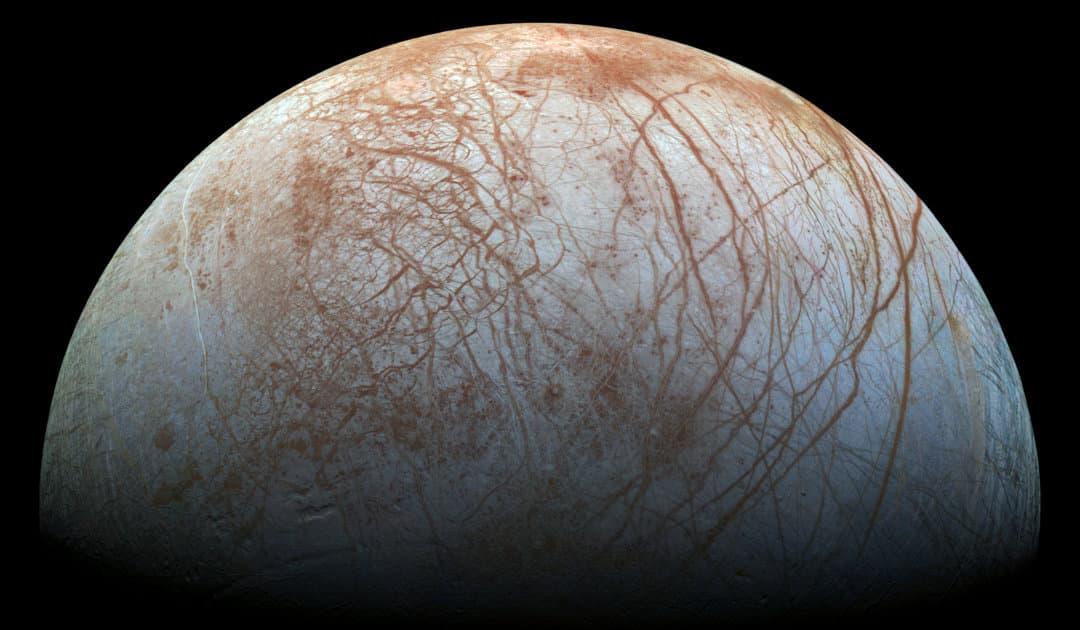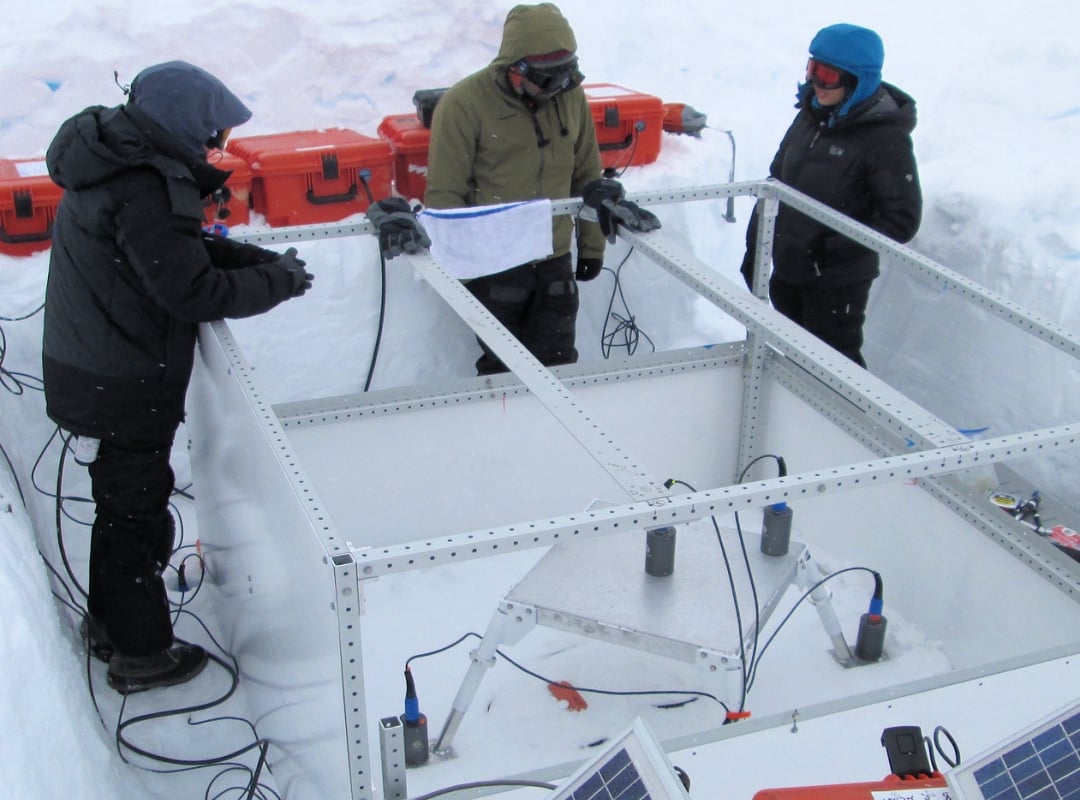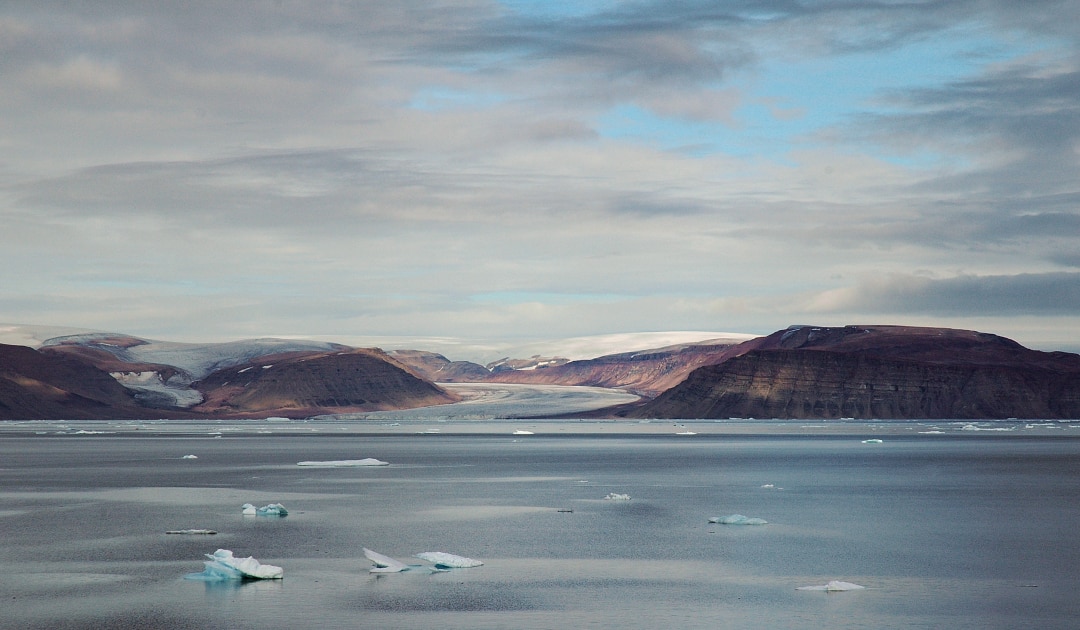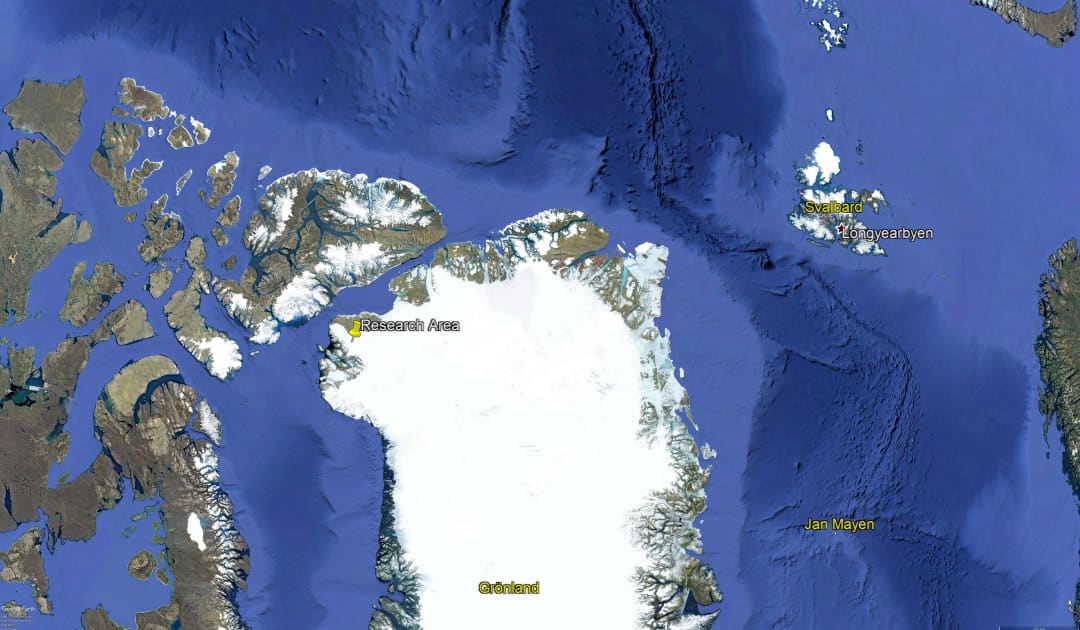
The polar regions are not only interesting for research on Earth. Numerous research projects for other planets and moons have also been tested in Greenland, for example. Because science believes that some places in Greenland could look similar to Mars, for example. But also for research on the icy moons of Jupiter and Saturn, where frozen water is suspected, there are places in Greenland. The latest example is the test of a seismometer that has been successfully tested on the inland ice in the northwest of Greenland.
The device, funded by NASA and developed at the Jet Propulsion Laboratory, is a seismometer designed to study ice and water structures (SIIOS). The goal is to be able to carry out motion measurements on the ice crust during a future mission to the icy moons of Jupiter and Saturn. This will also be used to investigate what might lie beneath the kilometre-thick ice layer of the moons Europa and Enceladus. The question of water under the ice is particularly exciting for the researchers. However, in order to be able to test the device under at least approximately similar conditions, the researchers selected a subglacial lake in the northwest of Greenland. There, the seismometer was placed on an aluminum frame in the snow to simulate a landing module. At various distances, the team attached various other seismometers and also geophones to the ice to check whether the recordings from SIIOS were also correct. The device actually caught the smallest movements in the ice and could also clearly show the interface between the ice and the seawater.

The research team dug the SIIOS one meter deep into the snow to reduce potential disturbances from wind and temperature differences. “We hope that like on Europa or Enceladus or one of the other ice worlds we can visit that don’t have big temperature swings or really thick atmospheres,” explains Angela Marusiak of NASA JPL. However, this situation also provides problems. This is because in order to operate the seismometer, it needs solar panels for power supply. But the available solar energy on Europe is about 25 times lower than on Earth. Furthermore, it is likely that due to the lack of atmosphere, the incoming radiation could soon destroy the devices. Therefore, SIIOS must provide data as quickly as possible and do so, if possible, as undisturbed but accurately as possible.

The results of the work were published in the latest issue of the journal Seismological Research Letters . And further tests are planned to obtain even more data under even more similar conditions. Despite the euphoria about the successful test, a small flaw remains: After 12 days of flawless operation, a sudden snowfall (rather rare in the summer in the corner of Greenland) paralyzed the solar panels that are responsible for the energy production of the SIIOS. This ended the records, but they have been helpful nonetheless. This is because SIIOS provided local and regional movements of the ice sheet in a corner of Greenland that seems almost as far away and as alien as an icy moon out in space.
Dr Michael Wenger, PolarJournal
More on the subject:







